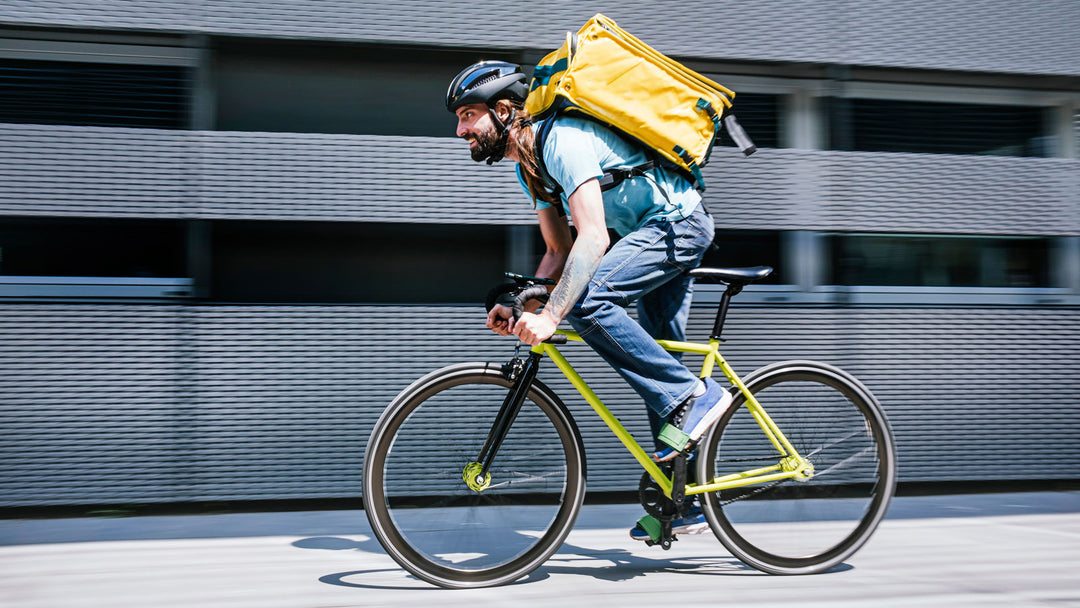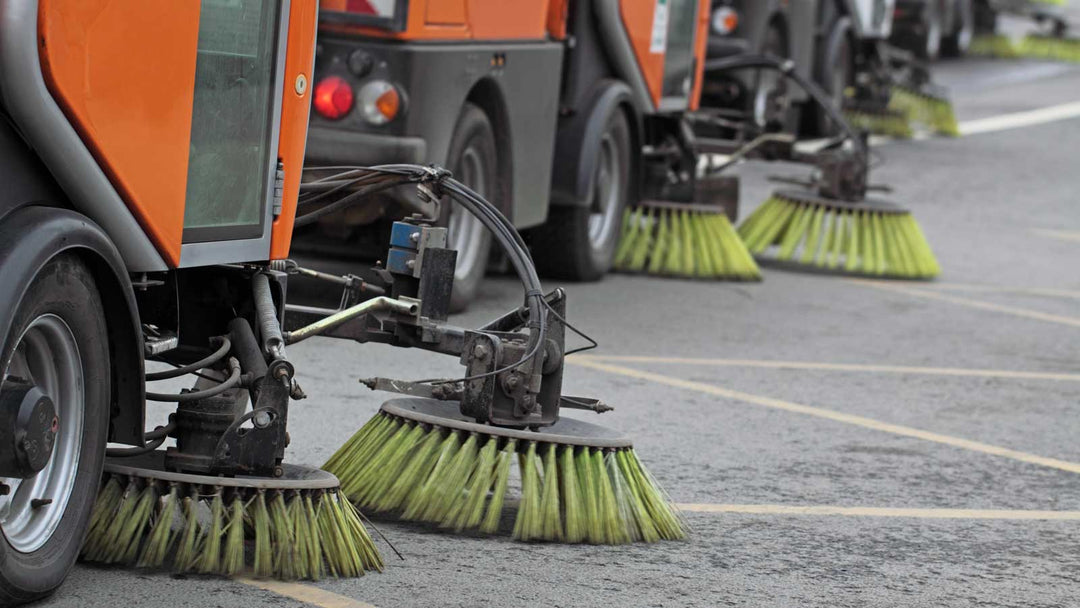Winter Commuting Essentials: Navigating Ice and Snow
Winter Commuting Essentials: Navigating Ice and Snow
Introduction
Winter brings a unique set of challenges for urban cyclists, including icy roads and snowy conditions. Navigating through winter weather requires preparation and the right gear. This blog post will outline the essential items and tips needed for safe and effective winter commuting on your bike.
Essential Gear for Winter Cycling
Clothing: Layering is Key
To stay warm and dry, proper layering is crucial. Start with a moisture-wicking base layer to keep sweat away from your skin. Add an insulating layer, such as fleece, to retain body heat. Top it off with a waterproof and windproof jacket. Don't forget thermal gloves, a wool hat under your helmet, and waterproof boots.
Tires: Traction is Essential
Switching to winter-specific tires can dramatically improve safety and comfort. Look for tires with deeper treads and consider studded tires for better grip on ice. Keeping your tire pressure slightly lower than usual can also increase traction.
Lights and Reflective Materials: Visibility Matters
Shorter days mean reduced visibility. Equip your bike with strong front and rear lights. Wear reflective clothing or add reflective tape to your bike and gear to ensure you are visible to other road users.
Fenders: Keep Dry and Clean
Installing fenders on your bike can prevent slush and mud from splashing up on you and your clothes. This is especially important in messy winter conditions.
Navigating Ice and Snow: Safe Riding Techniques
Adjust Your Braking Technique
On icy surfaces, avoid sudden braking. Use your rear brake primarily to reduce the risk of front-wheel skidding. If possible, try to brake while traveling straight rather than during turns.
Lower Your Center of Gravity
In slippery conditions, lowering your saddle slightly can help stabilize your bike by lowering your center of gravity. This adjustment makes it easier to put your foot down quickly if you start to slide.
Plan Your Route
Before heading out, check the weather and traffic conditions. Plan a route with fewer hills and smoother surfaces if possible. Avoid roads that are likely to be icy or uncleared.
Maintenance: Keeping Your Bike in Top Condition
Regular Cleaning
Salt and grime from winter roads can corrode your bike's components. Clean your bike regularly, paying special attention to the chain, gears, and brakes.
Lubrication
Use a wet lubricant on your chain and other moving parts to protect them from moisture and reduce wear and tear.
Check-Up
Regularly check your bike for any loose components or damage. Winter conditions can be tough on bikes, so frequent inspections can prevent small issues from becoming big problems.
Conclusion
Winter cycling can be a rewarding experience if you are well-prepared. By equipping yourself with the right gear, adopting safe riding practices, and maintaining your bike, you can navigate ice and snow confidently and safely. Don't let the cold weather stop you from enjoying your ride!
> "With the right preparation, winter cycling is not just possible; it's enjoyable."
Call-to-Action
Stay safe and make your winter commutes smoother and more enjoyable. Equip yourself with the necessary winter cycling gear today! Read more tips on urban cycling on our blog.
Remember, each winter commute is an opportunity to sharpen your skills and enjoy the unique beauty of cycling in a winter wonderland.






